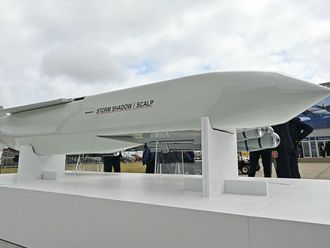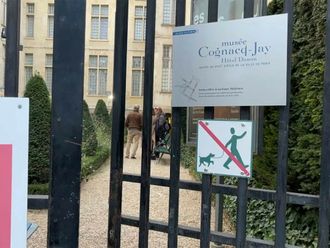
Dubai: A joint Danish-Kuwaiti archaeological team has discovered a Bronze Age temple on Failaka Island, dating back to the early Dilmun civilization.
The temple, found east of the previously discovered "Palace" and "Dilmun Temple," provides new information about the region's ancient past.
Dr. Stephen Larsen, head of the Danish delegation from Mosgard Museum, stated that the temple measures 11 by 11 meters and contains multiple altars. Artefacts such as pottery and stamps date the site to around 1900-1800 B.C., confirming its use during the early Dilmun period.
Mohamed bin Raza, Assistant Secretary-General for the Archaeological and Museums Sector at the National Council for Culture, Arts, and Literature, emphasized the importance of the find.
"The semi-complete design of the temple gives us clear evidence of human settlement on Failaka Island 4,000 years ago," he said, noting the island's key cultural, commercial, and social role in the Arabian Gulf.
Dr. Hassan Ashkenani, an archaeology professor at Kuwait University, added that the presence of temples next to a large administrative building suggests the site served as a major religious and administrative centre.
Excavations are set to continue next year, and experts expect further discoveries that will shed more light on this ancient civilization. The National Council for Culture, Arts, and Literature supports these ongoing archaeological missions as part of its effort to preserve Kuwait's cultural heritage.












